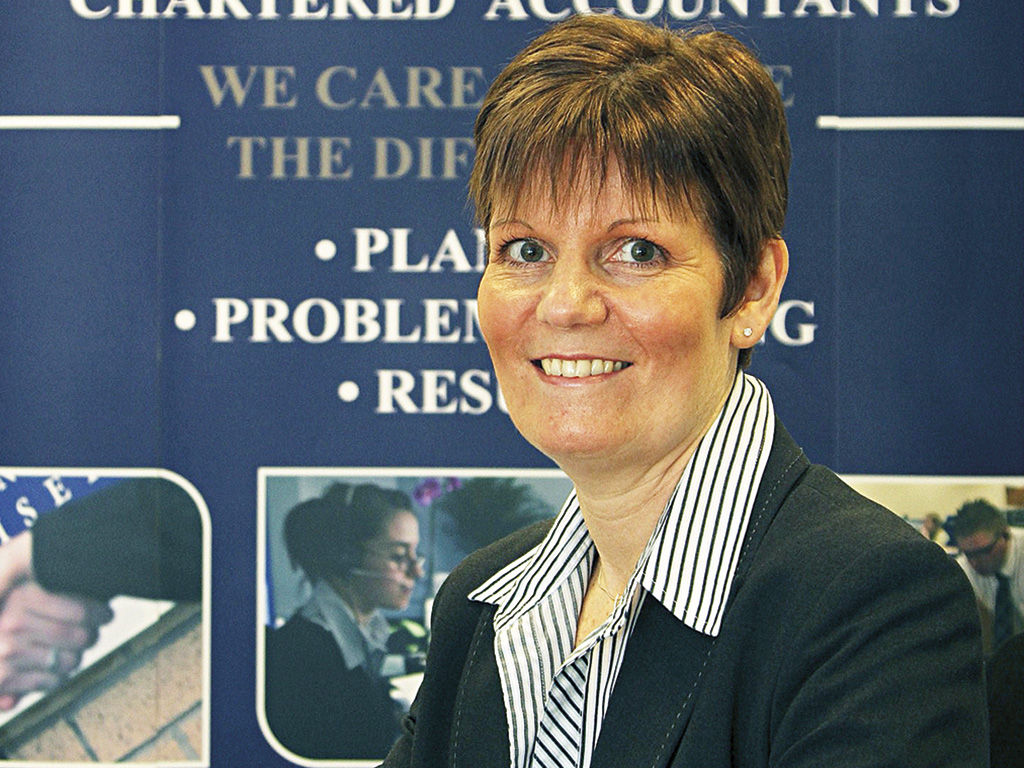Summer surprises
Tricia Halliday examines changes contained in the Chancellor’s summer Budget and what they mean for dentists in Scotland
There were a number of announcements in the summer Budget on 8 July, many of which confirmed announcements which had been made previously and other initiatives which had been well trailed in the media before the Budget. If you missed the Chancellor’s statement during the traditional Scottish summer holiday season, you can view the changes in full on www.maco.co.uk
Based on conversations I’ve had with a few dental practitioners since the Budget in July, I thought it worth highlighting a couple of recurring themes.
Buy-to-let?
Thinking about making a buy-to-let investment? You may want to give it a second thought.
Following recent changes to savings taxation, it is time to review whether buy-to-let is still the best form of investment
Tricia Halliday
Many of our dentistry clients have been considering other forms of investment over the past five years, especially in buy-to-let property, as the returns on investment generated have outperformed the more traditional investments in stocks and shares. One of the key attractions of investing in property as opposed to other assets is that the interest on borrowings to buy property is tax-deductible against the income generated. At current interest rates and yields, this has encouraged investors to borrow as much as possible, thereby increasing the size of their portfolio and/or reducing their tax bill.
Mr Osborne has now sounded a death knell for this technique by announcing that for individual investors, over the four years from April 2017, he will phase in a reduction in the rate of tax relief on interest to basic rate. For higher and additional-rate taxpayers this could significantly increase their tax bill on buy-to-let investments – currently interest often offsets a large part of the rental income.
The other major change for buy-to-let – from 2016/17 onwards – will be the replacement of the 10 per cent wear and tear allowance for furnished lettings with a new relief that allows the actual costs of replacing furnishings to be deducted.
In practice, this relief will be worth less than the current allowance and will mean that the investor has to incur real pounds and pence expenditure to claim it.
Following recent changes to savings taxation, it is time to review whether buy-to-let is still the best form of investment. It is important that you consider your overall tax situation in the wakes of these recent developments. We expect further communication from the Chancellor and HMRC on these issues and we will update you in these pages.
Annual Investment Allowance (AIA)
The current AIA is £500,000. From January 2016 it falls to £200,000, which is a significant reduction. If you are considering making an investment e.g. expanding the practice, refitting or purchasing expensive new equipment, and you want to make the best use of the AIA available, give me a call and I’ll help you to calculate the savings you will make by doing it sooner rather than later.
The £1m IHT exemption
The current IHT allowance is £325,000 per person, £650,000 for a married couple or civil partnership. A new tax-free ‘main residence’ band is being introduced from April 2017, however, it is only valid on a main residence and where recipients are direct descendants – children, step-children and grandchildren. The new main residence allowance will be phased in from April 2017 and will amount to a £1m IHT allowance per married couple (£500,000 for individuals) by 2020.
About the author
Tricia Halliday is a tax director at Martin Aitken & Co. To contact her, please email ph@maco.co.uk or phone 0141 272 0000.


Comments are closed here.